Home>Home Appliances>Cleaning Appliances>How To Dismantle A Hoover Vacuum Cleaner
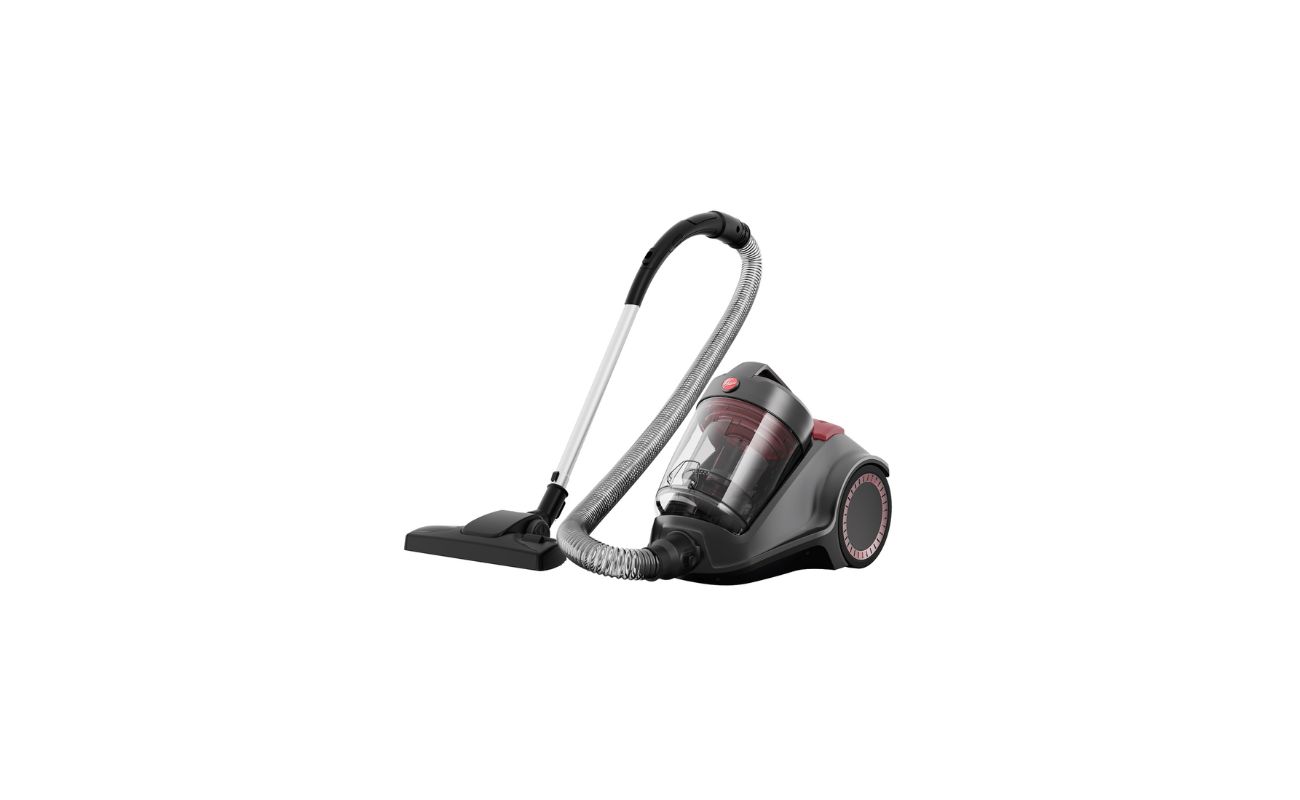

Cleaning Appliances
How To Dismantle A Hoover Vacuum Cleaner
Modified: January 4, 2024
Learn how to dismantle a Hoover vacuum cleaner for easy maintenance and cleaning. Follow our step-by-step guide to keep your cleaning appliances in top condition.
(Many of the links in this article redirect to a specific reviewed product. Your purchase of these products through affiliate links helps to generate commission for Storables.com, at no extra cost. Learn more)
Introduction
Are you looking to give your trusty Hoover vacuum cleaner a thorough cleaning or perhaps troubleshoot an issue? Learning how to dismantle a Hoover vacuum cleaner can be a valuable skill, allowing you to maintain and troubleshoot your appliance with confidence. By following a few simple steps and safety precautions, you can disassemble your Hoover vacuum cleaner and carry out essential maintenance tasks to keep it running smoothly.
In this comprehensive guide, we will walk you through the process of dismantling a Hoover vacuum cleaner, providing detailed instructions and essential safety precautions to ensure a smooth and hazard-free experience. Whether you need to clean the brush roll, remove the filter for a deep clean, or troubleshoot an issue, understanding the disassembly process is the first step to keeping your Hoover vacuum cleaner in top condition.
So, grab your tools and let's dive into the step-by-step process of dismantling your Hoover vacuum cleaner. Whether you're a seasoned DIY enthusiast or a beginner looking to learn the ropes, this guide will equip you with the knowledge and confidence to tackle the task at hand. Let's get started!
Key Takeaways:
- Mastering the dismantling process empowers you to maintain and troubleshoot your Hoover vacuum cleaner, ensuring optimal performance and longevity.
- Regular maintenance, including cleaning the dust bin, filter, and brush roll, is essential for preserving the cleanliness of your home and promoting a healthier living environment.
Read also: 8 Amazing Vacuum Cleaner Hoover For 2024
Safety Precautions
Prior to embarking on the dismantling process, it is crucial to prioritize safety to prevent accidents and ensure a smooth experience. Here are some essential safety precautions to keep in mind:
- Unplug the Vacuum Cleaner: Before starting the dismantling process, always unplug the vacuum cleaner from the power source to avoid the risk of electric shock.
- Work in a Well-Lit Area: Choose a well-lit and spacious area to work in, allowing you to clearly see the components and work with precision.
- Use Protective Gear: Consider wearing gloves to protect your hands from dust and debris, especially if you are handling dirty components.
- Handle Components Carefully: When disassembling the vacuum cleaner, handle the components with care to avoid damage or injury.
- Keep Small Parts Secure: As you remove small parts and screws, keep them in a secure container to prevent loss and ensure they are readily available for reassembly.
- Refer to the User Manual: If you encounter any uncertainty during the dismantling process, refer to the user manual for specific instructions and safety guidelines.
By adhering to these safety precautions, you can approach the dismantling process with confidence, knowing that you are prioritizing safety and setting the stage for a successful maintenance or troubleshooting session.
Tools Required
Before you begin dismantling your Hoover vacuum cleaner, it’s essential to gather the necessary tools to ensure a smooth and efficient process. Here are the tools you’ll need:
- Screwdriver Set: A set of screwdrivers with various head types, including Phillips and flathead, will be indispensable for removing screws securing different components.
- Clean Cloth: Have a clean, lint-free cloth on hand to wipe down components and remove any accumulated dust and debris.
- Gloves: Consider wearing gloves, especially if you anticipate handling dirty or dusty components, to protect your hands and maintain hygiene.
- Container for Small Parts: Use a small container or tray to keep track of screws and small components as you remove them, preventing loss and ensuring they are readily available for reassembly.
- Soft Bristle Brush: A soft bristle brush can be useful for gently cleaning hard-to-reach areas and removing debris from components.
- Replacement Filters (if necessary): If you plan to replace the filter during the maintenance process, ensure you have a compatible replacement filter on hand.
By having these essential tools at your disposal, you’ll be well-prepared to tackle the dismantling process with confidence, knowing that you have everything you need to carry out maintenance tasks and address any issues that may arise.
Step 1: Unplug the Vacuum Cleaner
Before initiating the dismantling process, it is crucial to prioritize safety by unplugging the Hoover vacuum cleaner from the power source. This essential step mitigates the risk of electric shock and ensures a safe working environment as you proceed with the maintenance or troubleshooting tasks.
To unplug the vacuum cleaner, locate the power cord and follow it to the power outlet. Firmly grasp the plug and carefully disconnect it from the outlet. Once unplugged, it is advisable to verify that the vacuum cleaner is completely powered down before proceeding to the next step.
By unplugging the vacuum cleaner, you create a secure environment to work on the appliance, minimizing the risk of electrical accidents and allowing you to focus on the dismantling process with peace of mind. This simple yet crucial step sets the stage for a safe and efficient maintenance or troubleshooting session.
Step 2: Remove the Dust Bin
With the vacuum cleaner safely unplugged, the next step is to remove the dust bin from the appliance. The dust bin, also known as the dirt cup, is the compartment where dirt, debris, and dust are collected during vacuuming. Removing the dust bin is essential for thorough cleaning and maintenance.
Locate the dust bin on your Hoover vacuum cleaner. Depending on the model, it may be a detachable component situated at the front or rear of the appliance. Once located, follow the manufacturer’s instructions for releasing the dust bin from its housing. This typically involves pressing a release button or unlocking a latch to detach the bin from the vacuum cleaner.
After releasing the dust bin, carefully pull it away from the vacuum cleaner. Take note of any filters or seals attached to the dust bin and ensure they remain in place as you remove it. Once the dust bin is separated from the appliance, inspect it for any accumulated debris or blockages that may impede the vacuum’s performance.
By removing the dust bin, you gain access to a crucial component that requires regular cleaning and maintenance. This step sets the stage for a thorough cleaning of the dust bin and allows you to address any issues related to blockages or dirt accumulation, ensuring optimal performance of your Hoover vacuum cleaner.
Step 3: Detach the Vacuum Hose
After removing the dust bin, the next essential step in dismantling your Hoover vacuum cleaner is to detach the vacuum hose. The vacuum hose is a vital component that allows the appliance to efficiently suction dirt and debris from various surfaces. Detaching the hose is necessary for cleaning and troubleshooting purposes.
Locate the point where the vacuum hose connects to the main body of the vacuum cleaner. Depending on the model, this connection point may be near the base of the appliance or at the back. Once located, follow the manufacturer’s instructions for detaching the hose. This may involve twisting and pulling the hose to release it from its connection point.
As you detach the vacuum hose, inspect it for any signs of damage, blockages, or accumulated debris. Check both the hose and the connection point for any obstructions that may hinder the vacuum’s suction power. If you encounter blockages, carefully remove them using a soft bristle brush or by gently shaking the hose to dislodge the debris.
By detaching the vacuum hose, you gain access to a crucial component that requires periodic inspection and maintenance. This step allows you to address any issues related to blockages, damage, or reduced suction, ensuring that your Hoover vacuum cleaner functions optimally and delivers powerful cleaning performance.
Step 4: Disassemble the Brush Roll
Disassembling the brush roll is a pivotal step in the maintenance and cleaning process for your Hoover vacuum cleaner. The brush roll, also known as the agitator, plays a key role in agitating and loosening dirt and debris from carpets and upholstery during the vacuuming process. By dismantling the brush roll, you can address issues such as tangled hair, thread, or debris that may impede its functionality.
Locate the brush roll assembly on your Hoover vacuum cleaner. Depending on the model, the brush roll may be accessed from the underside of the appliance. Refer to the user manual for specific instructions on accessing and removing the brush roll assembly.
Once you have located the brush roll, follow the manufacturer’s guidelines for disassembling it. This typically involves removing any retaining screws or latches that secure the brush roll in place. Carefully lift the brush roll assembly from its housing, taking note of its orientation and the position of any drive belts or motorized components connected to it.
After removing the brush roll assembly, inspect it for any tangled hair, thread, or debris that may have accumulated around the bristles or within the bearings. Use a pair of scissors or a seam ripper to carefully cut and remove any tangled fibers, ensuring that the brush roll spins freely and remains unobstructed.
By disassembling the brush roll, you can address common issues that may hinder its performance, such as tangled hair or debris accumulation. This step allows you to maintain the brush roll in optimal condition, ensuring that it continues to effectively agitate and clean carpets and upholstery during vacuuming.
Step 5: Remove the Filter
Removing the filter is a crucial step in the maintenance and cleaning process for your Hoover vacuum cleaner. The filter plays a vital role in trapping dust, allergens, and fine particles during the vacuuming process, contributing to cleaner air and optimal performance. Regularly removing and cleaning the filter is essential for maintaining the vacuum cleaner’s suction power and overall efficiency.
Locate the filter compartment on your Hoover vacuum cleaner. Depending on the model, the filter may be situated in a removable housing near the dust bin or within the main body of the appliance. Refer to the user manual for specific instructions on accessing and removing the filter.
Once you have located the filter compartment, follow the manufacturer’s guidelines for removing the filter. This may involve releasing latches, pressing buttons, or twisting the filter housing to access the filter element. Carefully extract the filter from its housing, taking note of its design and any retaining mechanisms that may be present.
After removing the filter, inspect it for any signs of clogging, discoloration, or damage. If the filter is washable, rinse it under lukewarm water to remove trapped debris and dirt. Allow the filter to air dry completely before reinstalling it in the vacuum cleaner. If the filter is non-washable or showing signs of wear, consider replacing it with a compatible replacement filter.
By removing and cleaning the filter, you ensure that the vacuum cleaner maintains optimal suction power and effectively captures dust and allergens during operation. This step is essential for promoting cleaner air quality and prolonging the life of your Hoover vacuum cleaner.
Step 6: Clean the Components
Once you have disassembled the essential components of your Hoover vacuum cleaner, it’s time to focus on cleaning each part thoroughly. Proper cleaning and maintenance of the components ensure optimal performance and longevity of your appliance. Here’s how to clean the various components:
Dust Bin and Filter:
Use a clean, damp cloth to wipe down the dust bin, removing any accumulated dust and debris. If the filter is washable, rinse it under lukewarm water to dislodge trapped dirt and allow it to air dry completely before reinstalling it in the vacuum cleaner.
Vacuum Hose:
Inspect the vacuum hose for any blockages or debris. Use a soft bristle brush to gently dislodge and remove any obstructions. If the hose is washable, rinse it with mild soap and water, ensuring it is thoroughly dry before reattaching it to the vacuum cleaner.
Brush Roll Assembly:
Carefully remove any tangled hair, thread, or debris from the brush roll using scissors or a seam ripper. Ensure that the bristles are free from obstructions and spin freely. Wipe down the brush roll assembly with a damp cloth to remove any residual dirt or grime.
Other Components:
Inspect and clean any additional components, such as the dusting brush, crevice tool, or extension wands. Use a damp cloth to wipe down these attachments, ensuring they are free from dirt and debris that may impede their functionality.
By thoroughly cleaning each component, you ensure that your Hoover vacuum cleaner operates at peak performance, effectively capturing dirt and maintaining optimal suction power. Regular maintenance and cleaning prolong the life of your appliance and contribute to a cleaner and healthier home environment.
Step 7: Reassemble the Vacuum Cleaner
After completing the cleaning and maintenance of individual components, it’s time to reassemble your Hoover vacuum cleaner. Proper reassembly ensures that the appliance functions optimally and is ready for use. Follow these steps to reassemble the vacuum cleaner:
Install the Cleaned or New Filter:
If the filter is washable, ensure that it is completely dry before reinstalling it in the filter compartment. If a replacement filter was necessary, carefully place the new filter in its designated housing, following the manufacturer’s instructions for proper installation.
Reattach the Brush Roll Assembly:
Position the cleaned brush roll assembly back into its housing, ensuring that it aligns properly with any drive belts or motorized components. Secure the brush roll assembly in place according to the manufacturer’s guidelines, ensuring that it spins freely and remains properly oriented.
Reconnect the Vacuum Hose:
If the vacuum hose was washed, ensure that it is completely dry before reattaching it to the main body of the vacuum cleaner. Follow the manufacturer’s instructions for securely reconnecting the hose, ensuring that it forms a tight seal to prevent suction loss.
Read also: 8 Best Hoover Vacuum Cleaner Bags For 2024
Insert the Cleaned Dust Bin:
After ensuring that the dust bin is thoroughly cleaned and dry, reinsert it into its designated slot on the vacuum cleaner. Follow the manufacturer’s instructions for securely locking the dust bin in place, ensuring that it forms a proper seal to prevent debris from escaping.
Test the Reassembled Vacuum Cleaner:
Once the components are reassembled, plug in the vacuum cleaner and conduct a brief test to ensure that all parts are functioning correctly. Verify that the suction power is optimal and that there are no unusual noises or issues with the reassembled components.
By carefully reassembling the vacuum cleaner, you ensure that each component is correctly positioned and functioning as intended. Proper reassembly sets the stage for continued reliable performance and effective cleaning power from your Hoover vacuum cleaner.
Before dismantling a Hoover vacuum cleaner, make sure to unplug it from the power source to avoid any accidents. Then, refer to the user manual for specific instructions on how to disassemble the vacuum safely.
Conclusion
Congratulations! You have successfully learned how to dismantle and maintain your Hoover vacuum cleaner, equipping yourself with the knowledge and skills to keep your appliance in top condition. By following the step-by-step process outlined in this guide, you have taken proactive steps to ensure the optimal performance and longevity of your vacuum cleaner.
Understanding the dismantling process empowers you to address maintenance tasks, troubleshoot issues, and keep your Hoover vacuum cleaner operating at peak efficiency. By adhering to essential safety precautions and utilizing the right tools, you have demonstrated a commitment to safety and thorough maintenance practices.
Regular maintenance, including cleaning the dust bin, filter, brush roll, and other components, contributes to the longevity of your vacuum cleaner and ensures that it continues to deliver powerful suction and effective cleaning performance. Additionally, reassembling the vacuum cleaner with care and attention to detail is essential for seamless operation and reliable functionality.
By mastering the art of dismantling and maintaining your Hoover vacuum cleaner, you have taken a proactive step toward preserving the cleanliness of your home and promoting a healthier living environment. Your diligence and commitment to proper maintenance will be reflected in the consistent performance and longevity of your appliance.
Remember to refer to the user manual for specific instructions and guidelines related to your Hoover vacuum cleaner model. Regular maintenance and periodic inspections will ensure that your appliance continues to serve you well for years to come, contributing to a clean, healthy, and comfortable living space.
Thank you for embarking on this maintenance journey with your Hoover vacuum cleaner. With the knowledge and skills gained from this guide, you are well-equipped to maintain a clean and inviting home environment with the help of your reliable and well-maintained vacuum cleaner.
Frequently Asked Questions about How To Dismantle A Hoover Vacuum Cleaner
Was this page helpful?
At Storables.com, we guarantee accurate and reliable information. Our content, validated by Expert Board Contributors, is crafted following stringent Editorial Policies. We're committed to providing you with well-researched, expert-backed insights for all your informational needs.
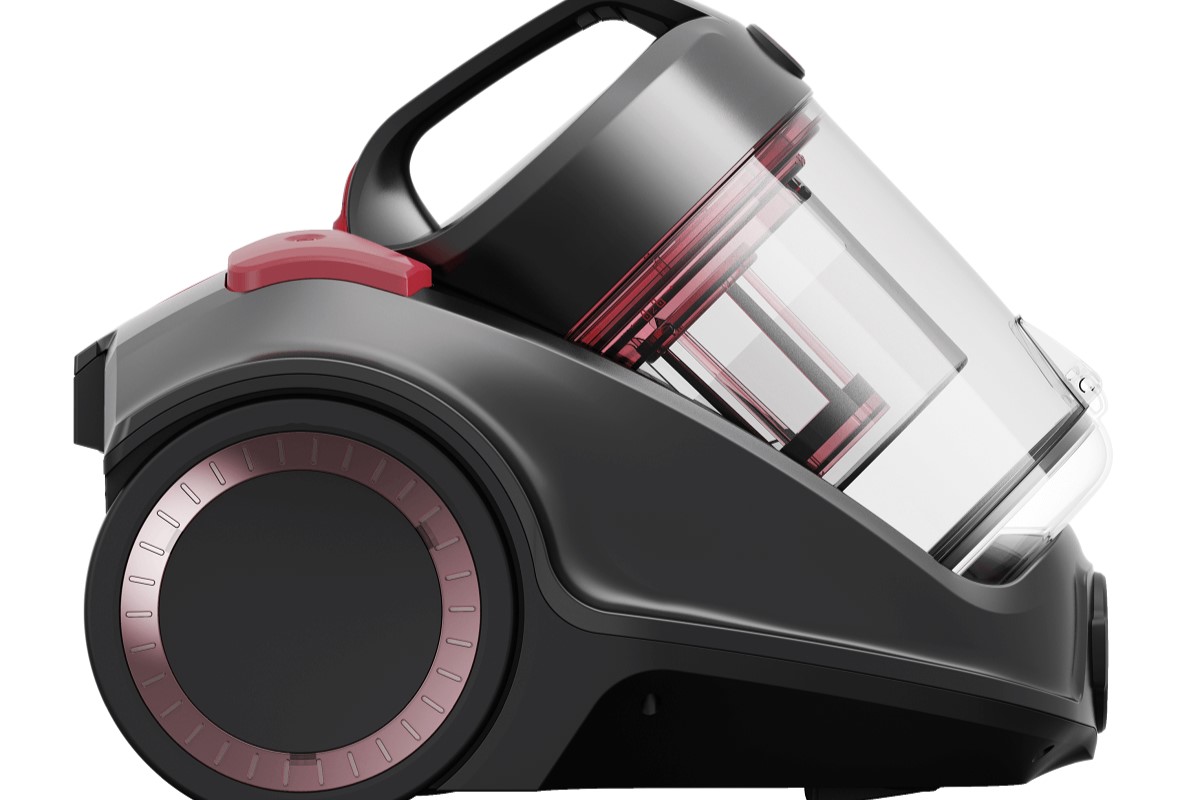
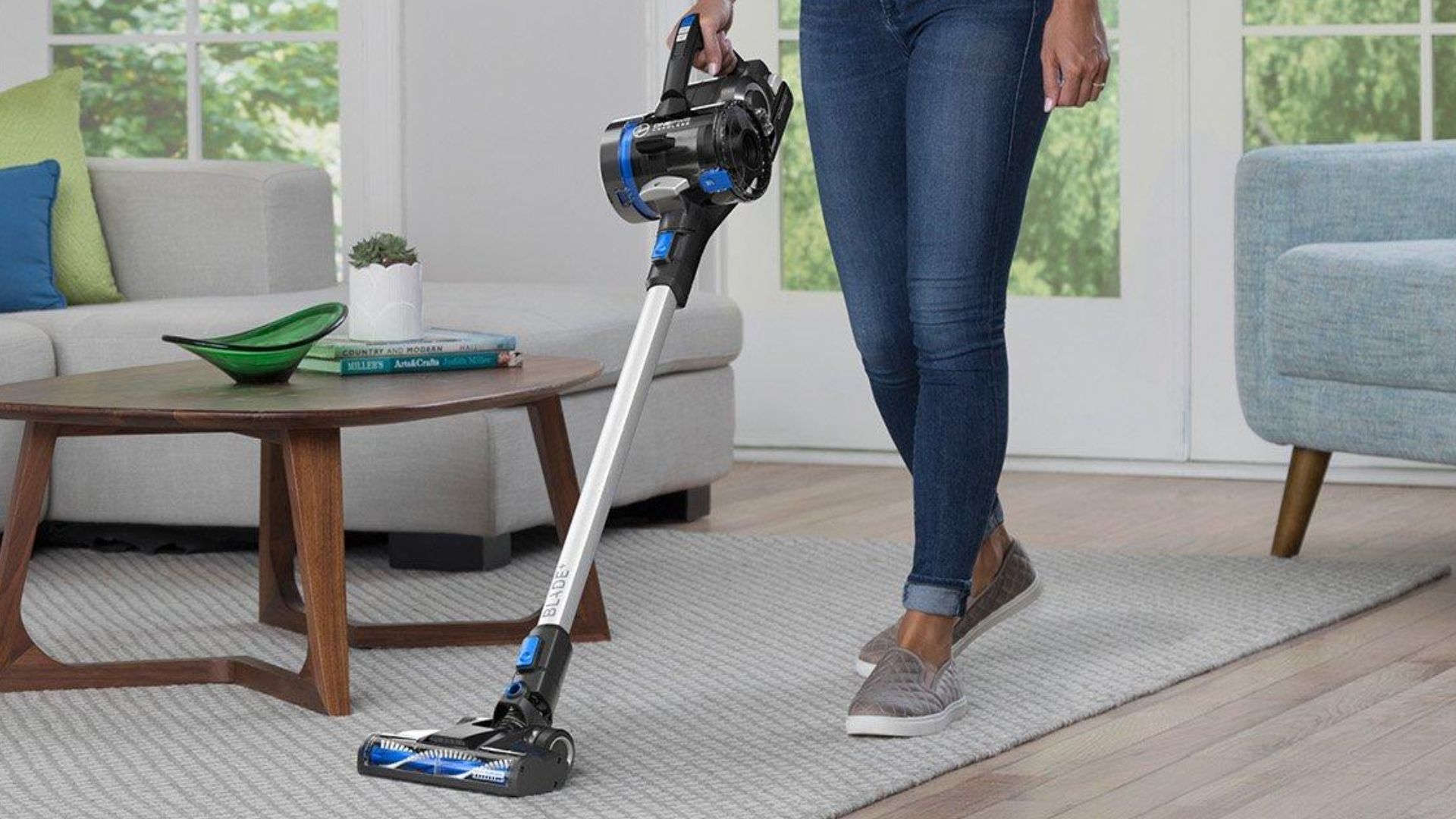
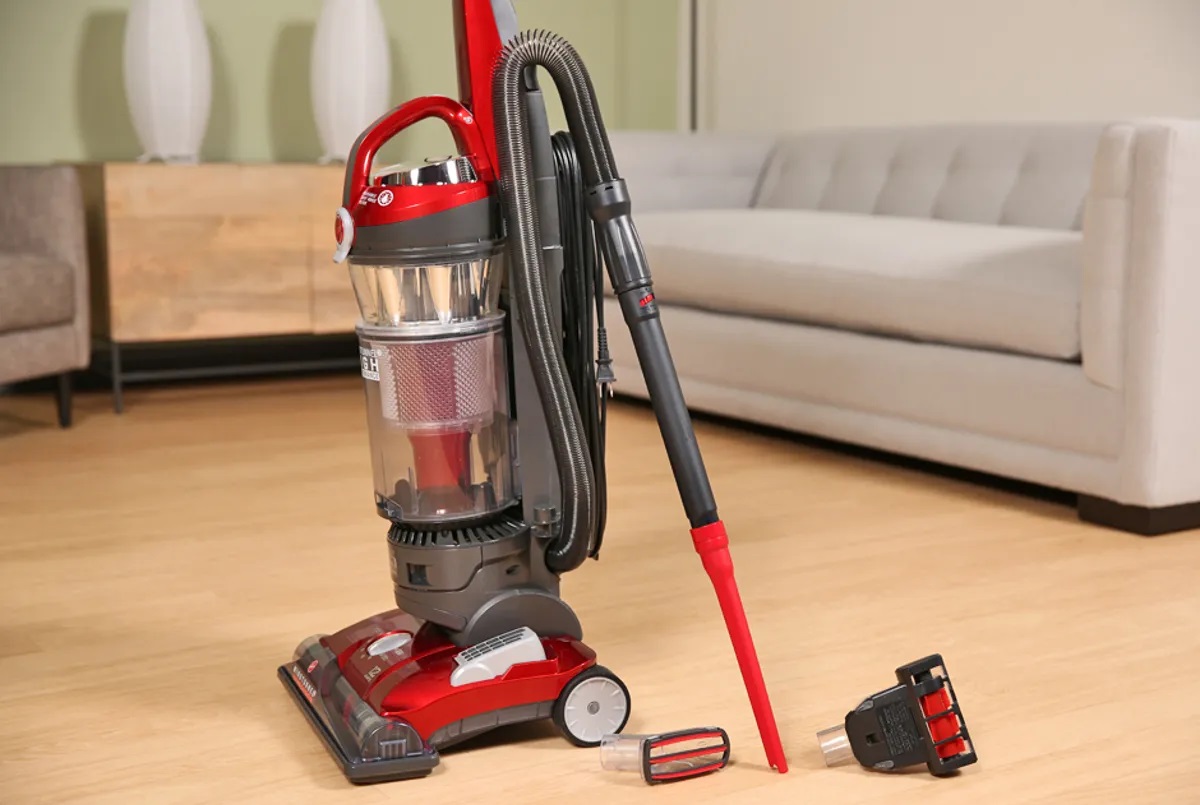
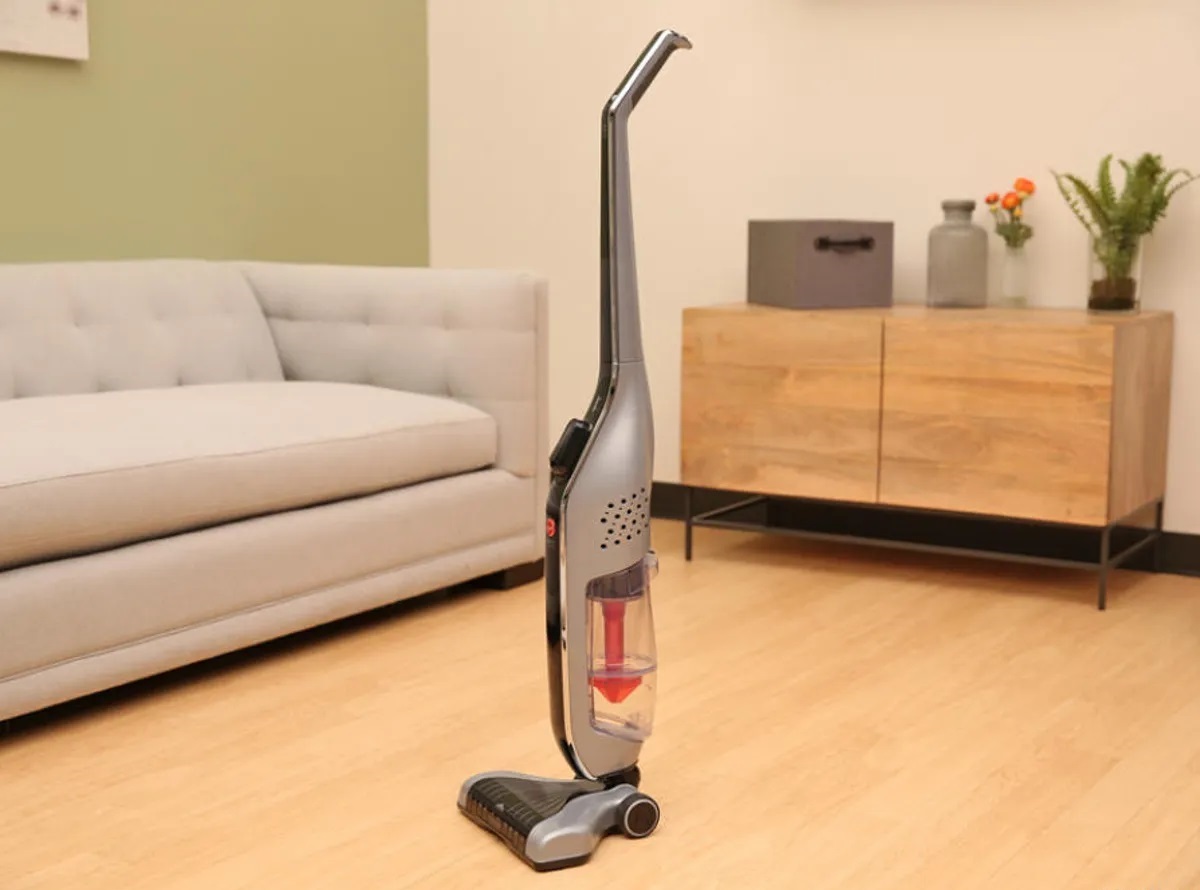
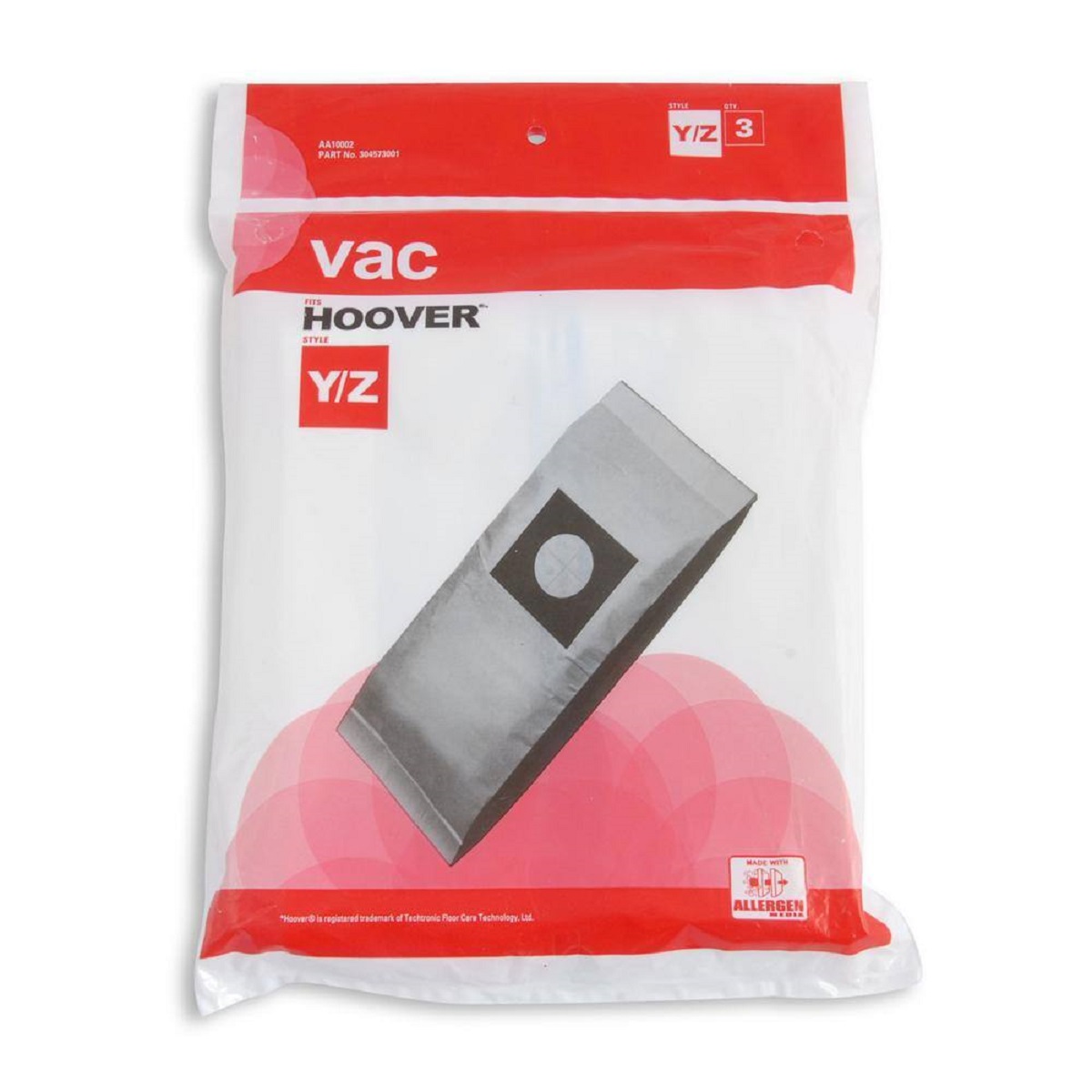
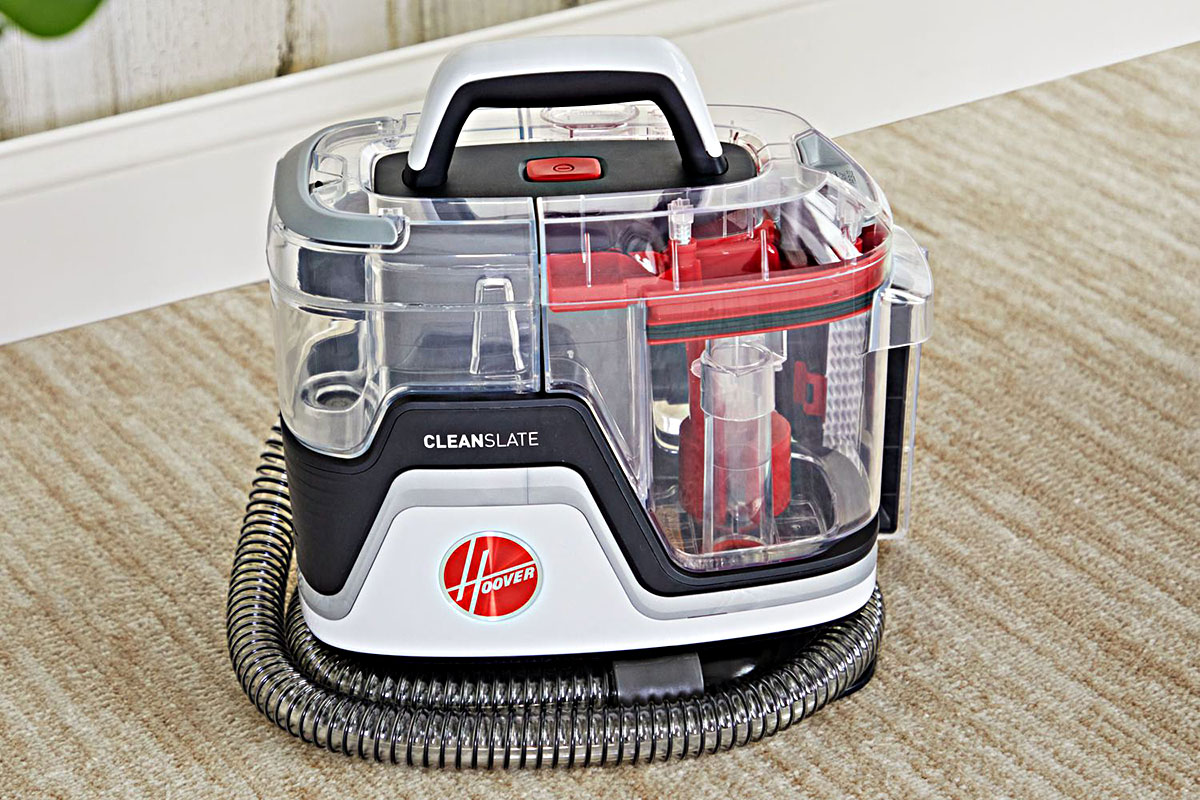
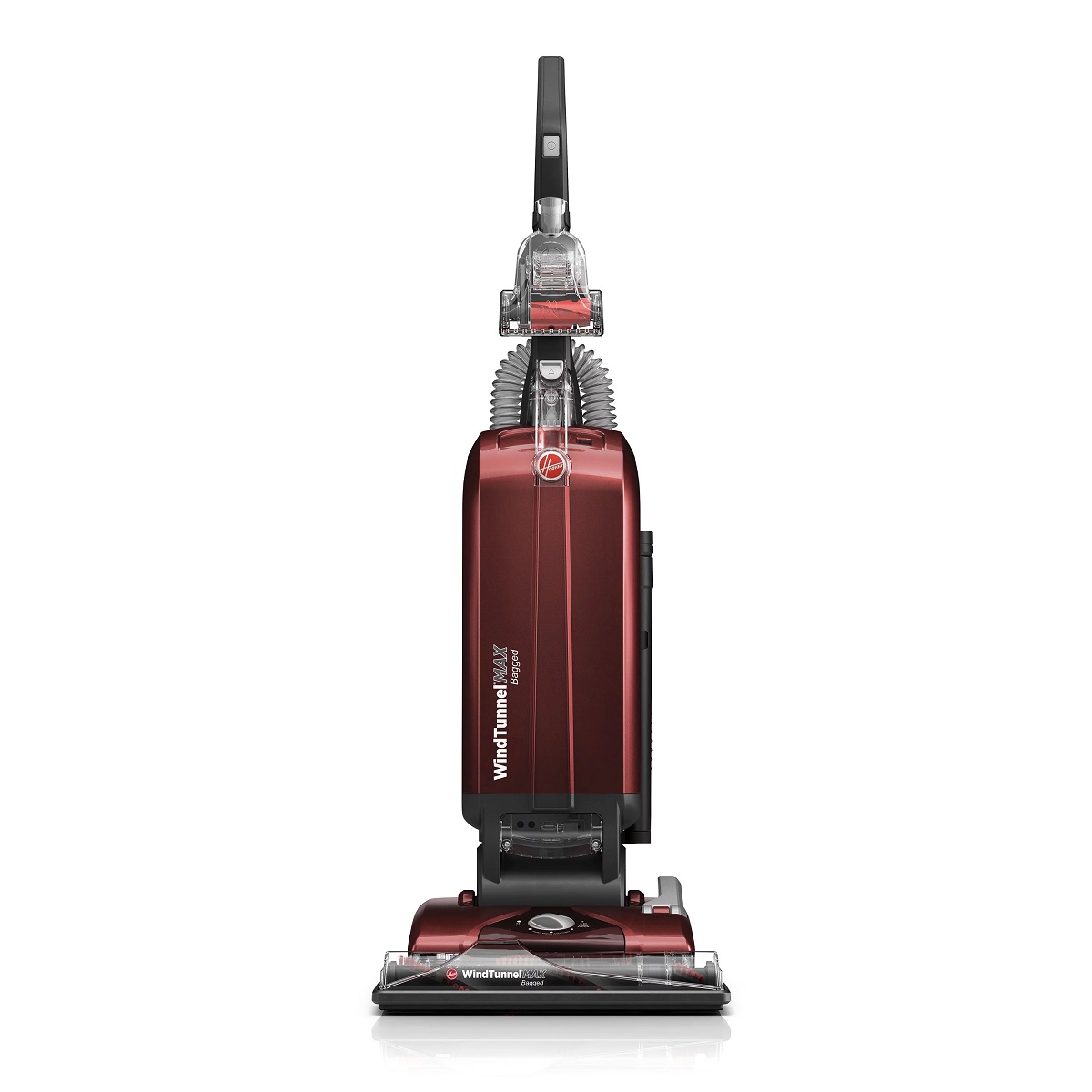
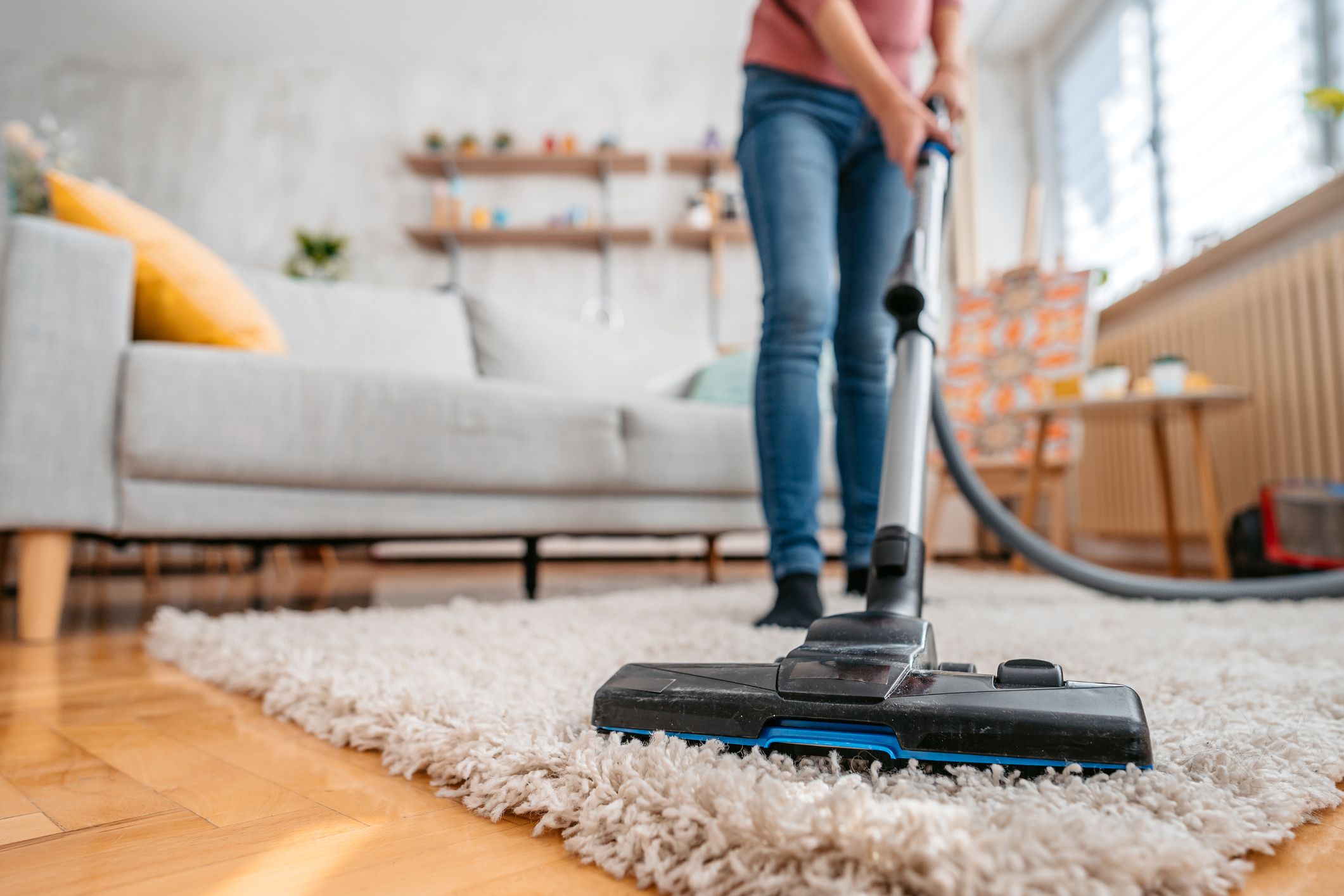
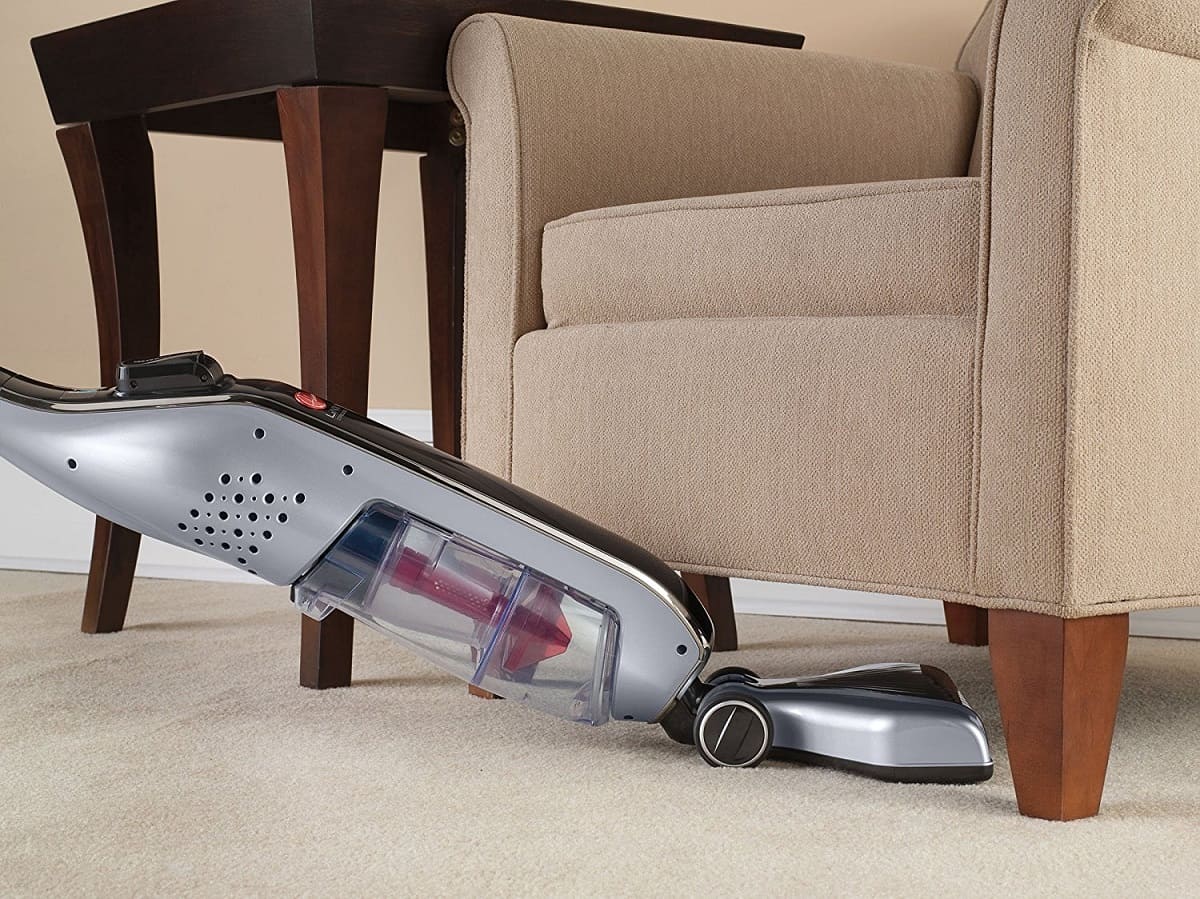
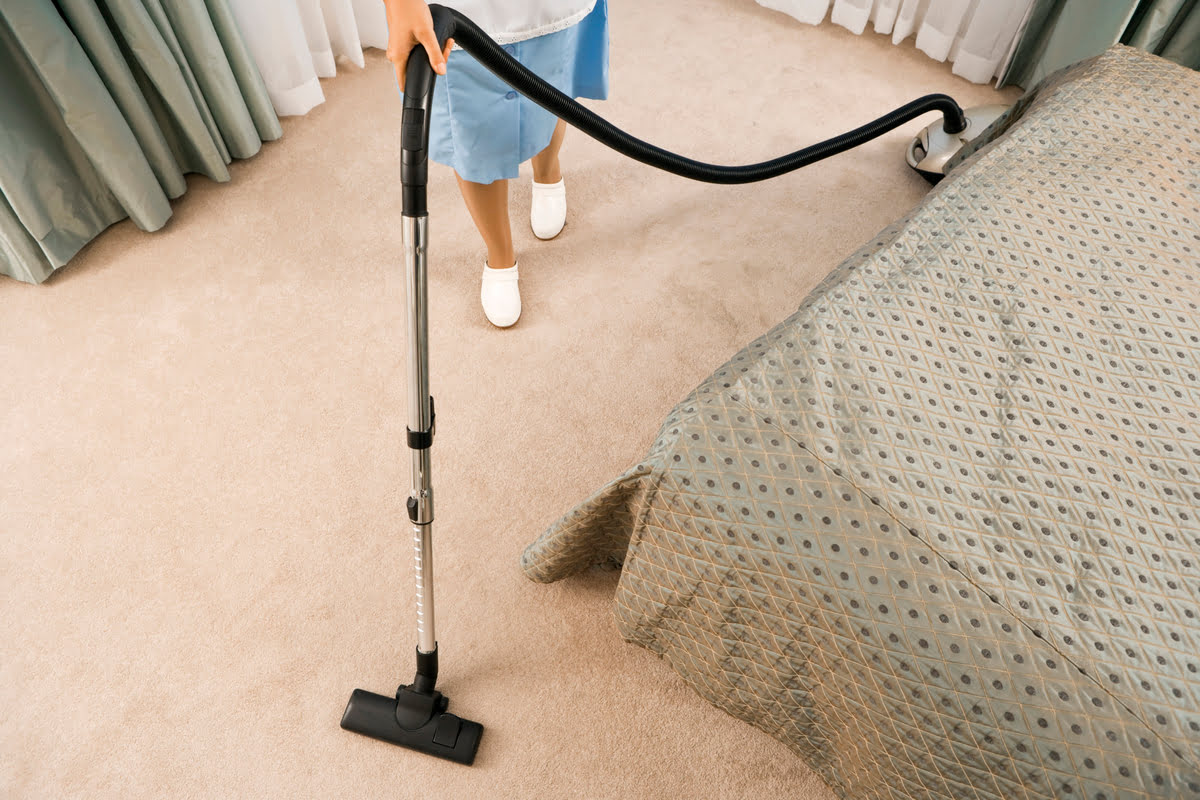
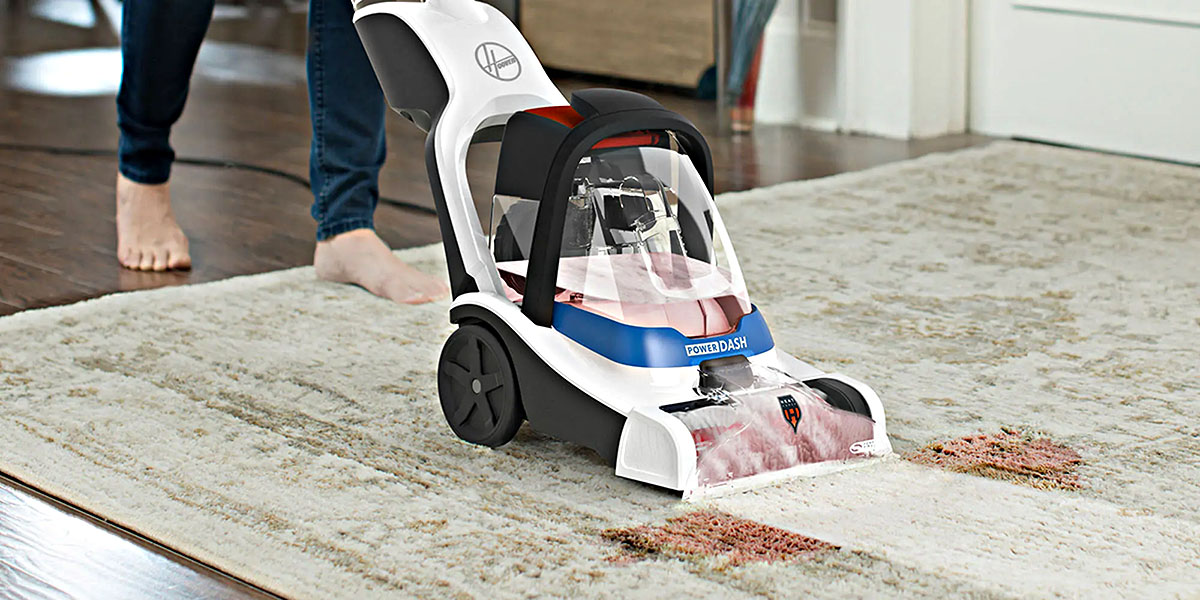

0 thoughts on “How To Dismantle A Hoover Vacuum Cleaner”